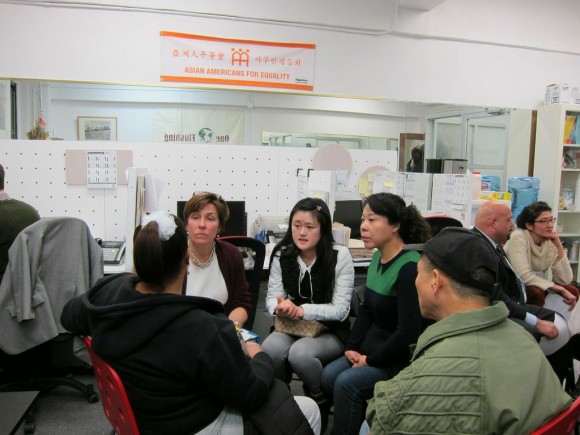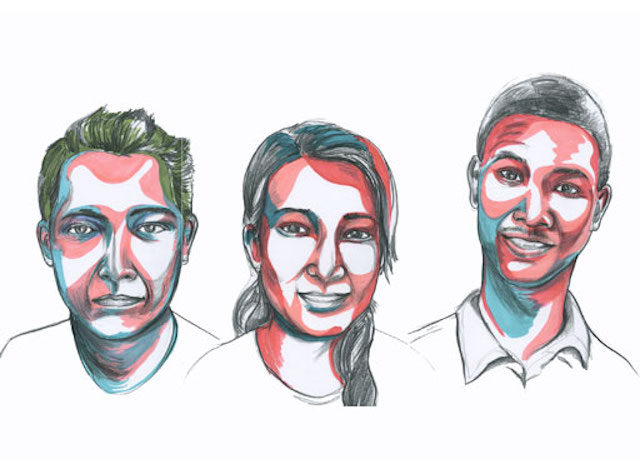The shorter woman said, “You have such a good insang??!” The other pressed, “But you do go to church, don’t you?”

October 4, 2013
[Editor’s Note: We invited Nabil Rahman, the mind behind Pineapple And Milk, to create videos inspired by Open City stories. Want to see/hear more? Come to the Open City session at Page Turner at Roulette/YWCA, Saturday, Oct. 5th, 11AM. Anelise Chen, Rishi Nath, and Sukjong Hong, Open City Fellows from the past year, will discuss their year of writing creative nonfiction about New York.]
Video by Nabil Rahman.
As I entered the intergenerational garden at Queens Botanical Garden in Flushing, I saw two elderly Korean women walking towards me. Instinctively, I bowed and greeted them in Korean.
“Wait a minute,” one woman said, and gripped her friend’s arm. “How do we know her?”
“Does she go to our church?” Shaded by their visors, they looked at me affectionately. I said, “Well, I have been to this garden before.” They looked at each other and said, “No that’s not it.” They turned back to me, puzzled. “But why do you look so familiar?” The shorter woman said, “You have such a good insang??*!” (hard to translate: expression, personality) The other pressed, “But you do go to church, don’t you?”
Standing in the high beam of their gazes, I felt an echo of my grandmother. She lived in South Korea, and her indiscriminate affection would spill over in our brief Skype calls. I was a genius, she declared in every call. Visit soon. With a husband.
I explained to the women that I wanted to write a story about the garden, and asked them if they could talk about their experience. They put up their hands. “You should talk to my daughter!” one said, pointing at a woman coming down the path. “And our little one!” “Her granddaughter is why we are all here,” explained the other woman. Our conversation shuttered briefly, and then, as they hovered nearby during my interview with the daughter, it slowly opened up again.
I wasn’t a news reporter, but how would I explain what I was doing here with my questions and earnest curiosity? I’m sure they’d seen the coverage of a garden across the street, where elderly Korean gardeners battled with the Parks department to use the land as they had for decades. As much as that story needed to be told, I was hoping to capture something else. This was often the case for me while exploring Flushing.
I sought out certain encounters in Flushing, but others that I couldn’t have anticipated swept me in. There was so much to write about beyond inter-ethnic conflict and the food scene. As battles over English-only signage and new development persisted, Flushing was regularly broadcast as a site of conflict and chaos, sometimes inscrutable and often ‘other.’ Otherwise, Flushing was a Yelper’s paradise. To hear it told, everyone had been to Flushing at least once, you know, to that “hole-in-the-wall,” “authentic,” “magnificent,” “spicy,” “fresh”… But no, I often had to explain. I didn’t review restaurants.
Flushing was where I often met with young and undocumented immigrants, worrying about finding jobs, keeping jobs, or affording college. It was where my friends’ parents and grandparents lived, in senior housing or in the first or second house they had ever purchased after decades of work. It was where others worked, some in the service industries, in restaurants and nail salons, or for those who spoke English and were second-generation immigrants, in the social services and non-profit associations scattered throughout the wide avenues. This was where other friends traveled to worship, at the Buddhist temples and Sikh gurdwaras.
I walked and bused all over the neighborhood. I filled twelve notebooks. A small chorus of voices settled in my audio recorder. For Open City, I was able to condense some of the people and places I met into stories, but so much remains.




